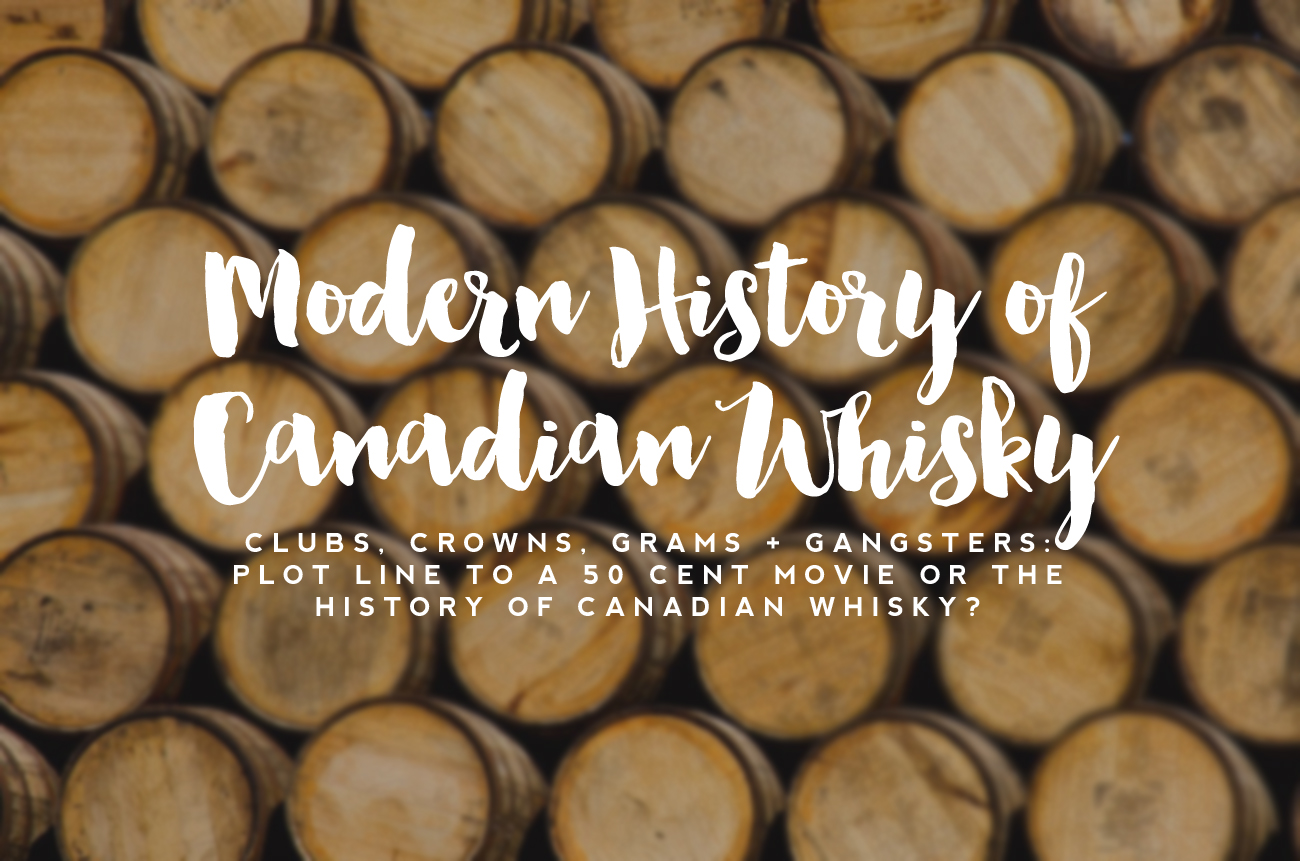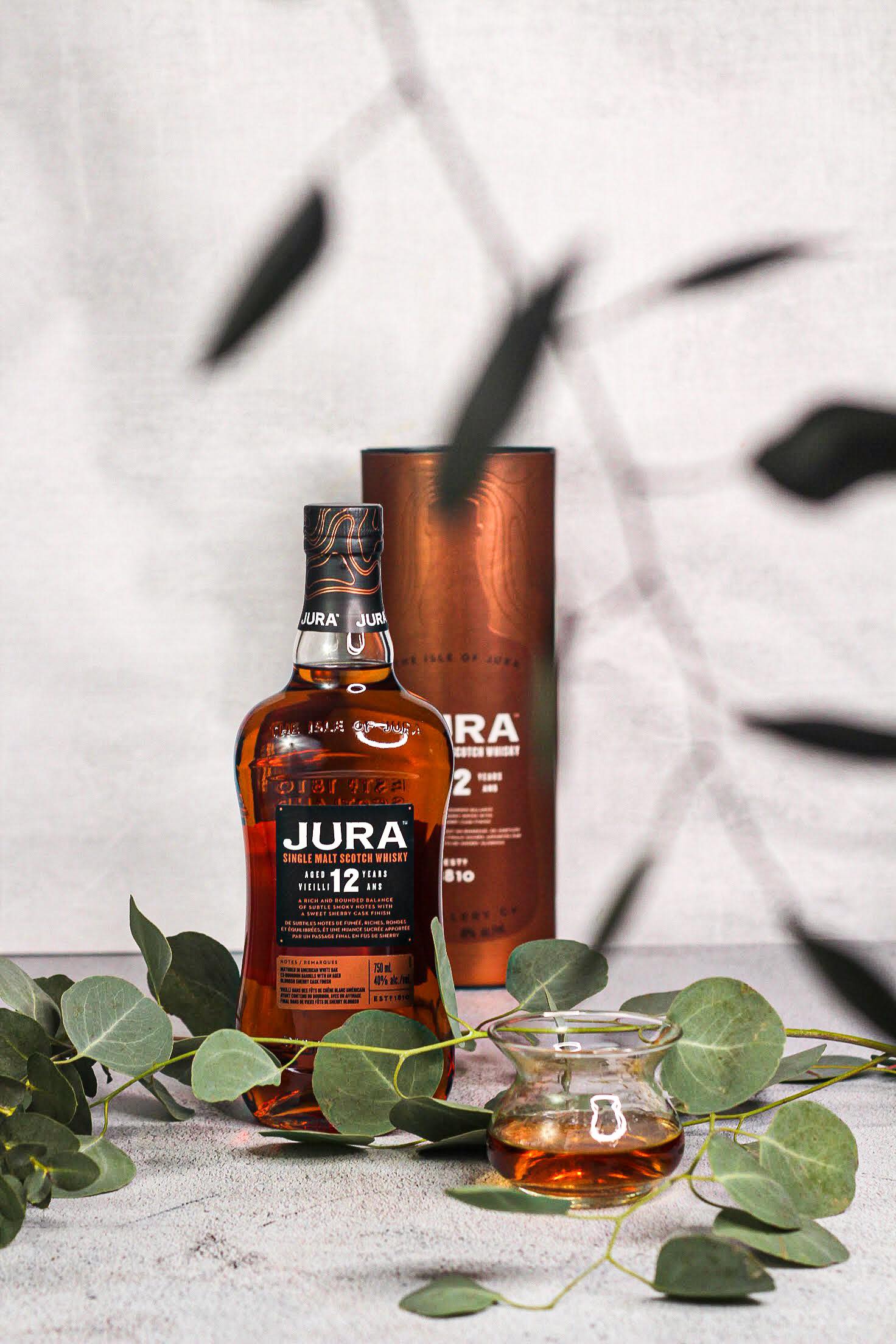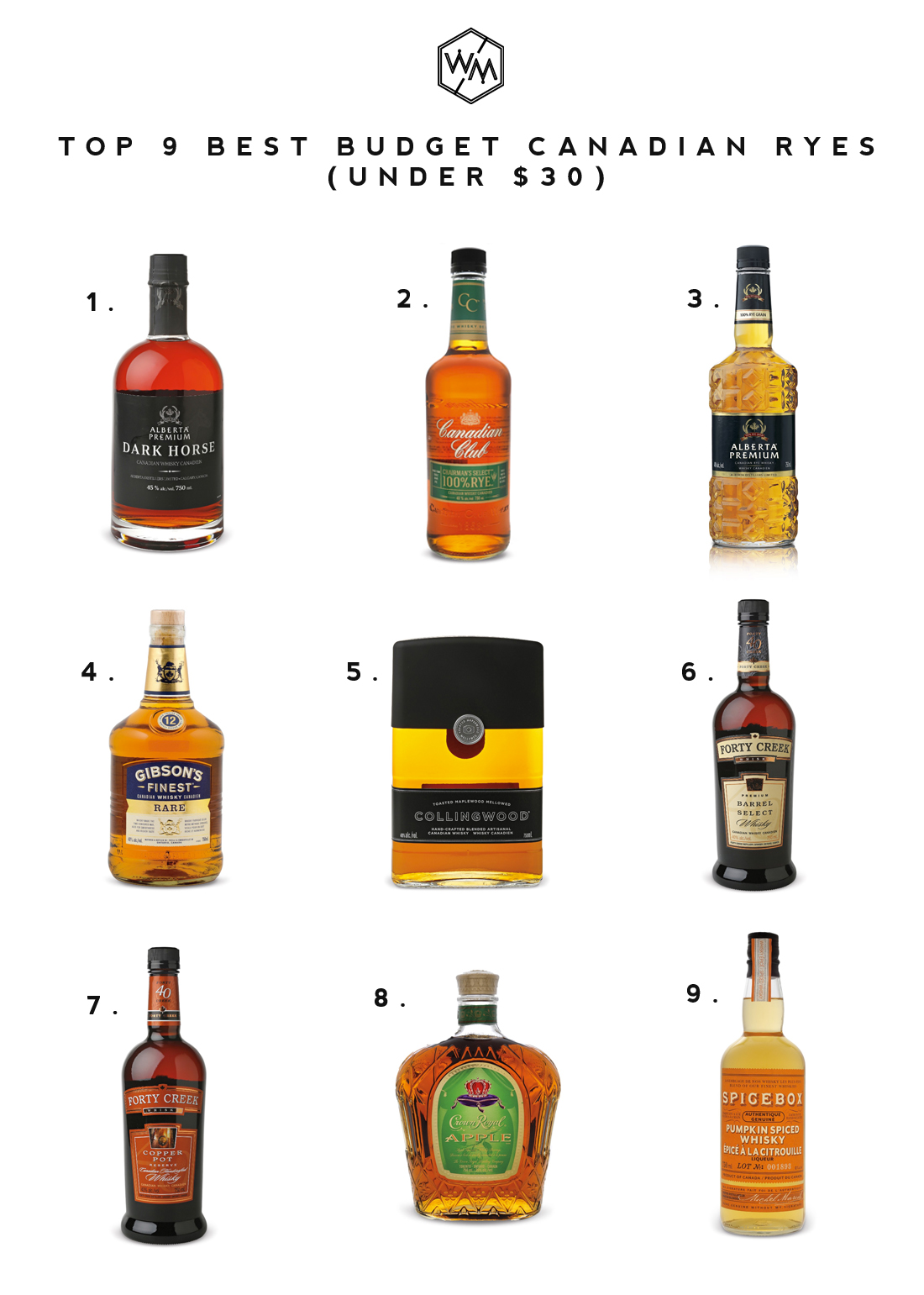Scotland may be known for its single malts but did you know that a Single Malt whisky can be made anywhere in the world? Today I’m excited to talk about some key differences between Scottish and American Single Malt Whiskies!
Now all five of the differences that I want to discuss are are really stipulated by the legislations that govern whisky making in Scotland and the USA.
Within Scotland, whisky production is predominantly governed by the Scotch Whisky Regulations 2009 and within the US, they’re governed by the US Code of Federal Regulations. While there are a lot of similarities in these legislations, the wording around the specifics leaves room for there to be differences in styles.
The Scotch Whisky Regulations (2009), are a statutory instrument that regulates the production, labelling, advertising and packaging of Scotch whisky. According to these regulations there are two basic types of scotches: Single Malts and Single Grains with five types total including Blended Malts, Blended Scotches and Blended Grain Whiskies.
Within Scotland, whisky must meet a number of requirements in order to be a whisky including:
- made in Scotland at a distillery using water, grain, yeast and only enzymes derived from the whisky making process
- distilled at less than 94.8% ABV
- matured only in Scotland and in oak casks not exceeding 700L
- matured for no less than 3 years
- has a minimum alcohol strength of 40% ABV
Going deeper, Single Malt Scotch Whisky must be produced from only water, 100% malted barley and yeast at a single distillery by batch distillation in pot stills.
The important parts here are that the regulations define the grain type, the amount of grain, the still type, duration of aging and type of cask(s). Keep that in mind for later.
Comparatively, the US, 27 CFR (Code of Federal Regulations) — Section 5.22 The standards of identity, subsection (b) Class 2; whisky stipulated that whisky must be:
- produced from a fermented mash of grain
- distilled at less than 95% ABV
- stored in oak containers
- bottled at no less than 40% ABV
Once again, going deeper, it further notes that “Bourbon whisky”, “rye whisky”, “wheat whisky”, “malt whisky” or “rye malt whisky” is a whisky produced at not exceeding 160 proof from a fermented mash of not less than 51 percent corn, rye, wheat, malted barley, or malted rye grain, respectively, and stored at not more than 125 proof in charred new oak containers.
The important part here to pay attention to is the amount of grain, grain types specified and that the oak containers must be new.
There’s a lot more to the definitions of whiskies in these countries but to extrapolate 5 key differences they are:
1. GRAIN TYPE
In Scotland they specify that it must be malted barley whereas in America it can be a malted grain. Therefore malted barley, rye or any grain really can be used to make a single malt. That being said, currently in America it’s really only malted barley or rye that’s being used.
2. MASHBILL/WHISK(E)Y COMPOSITION
As you can see by the regulations, while Scottish Single Malts need to be made with only 100% malted barley, single malts from the USA technically only need to be made from 51 percent of the malted grain or more. This allows US producers to add rye, wheat, corn or other grains up to 49% of the mashbill which creates a wide variety of flavours.
3. DISTILLATION / STILL TYPE(S)
Single Malt scotches are required to be made in a pot stills according to law vs in the USA, they can be made in either pot stills, column stills or a combination of both. As we’ve talked about in the past, pot stills make whiskey on a batch by batch basis whereas column stills make whiskey continuously. In addition, column stills tend to provide a purer, cleaner distillate than pots and pot stills produce a more flavorful spirit that is richer in congeners.
4. DURATION OF AGING
Within Scotland, whisky is required to be aged for a minimum of three years whereas in America, there actually is no minimum aging requirement, rather the whisky just needs to sit in a brand new charred oak container for any amount of time. That being said it would be quite wasteful to make and char a barrel only to use it for a day or two and thus in America, whiskies are often aged for four years or more. While older doesn’t necessarily mean better, when we talk about whisky maturation, in general, the longer a whisky sits the longer it has to develop fragrances, flavours, complexity as well as undergo key reactions that are catalyzed by the wood itself.
5. CASK TYPE(S)
In the US, single malts must be aged in brand new charred oak containers whereas in Scotland they don’t specify that the barrels need to be new. You may have noticed that many Scotches are aged in one or more types of casks — for example ex-bourbon, sherry, rum etc. In Scotland the cask type isn’t specified in legislation, and therefore there are many options to work with to influence the flavour profile of the whisky.
In summary, if you take one thing away from this it’s that a lot of the unique flavours when comparing single malts in the USA to other single malts in the USA come from what grains they choose to use, what type of still and how long (or short) they’re aged for. In Scotland, if you are to compare single malts to other single malts in Scotland, a lot of the unique flavours come from the grain preparation (peated vs. not), the still shapes, and arguably most importantly, the types of casks used to age the whisky.
Don’t forget though that there are other factors that come into play like where they’re aged, for how long, the climate, how the master blender puts them together etc.
Have you tried an American Single Malt? What did you think? What’s your favourite Single Malt Whisk(e)y of the moment? Let me know in the comments below!
xoxo






